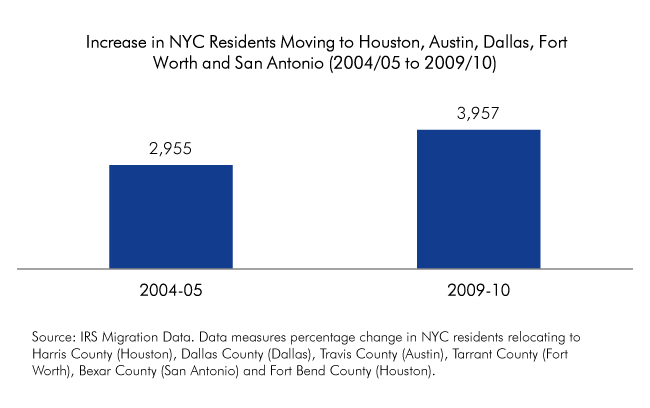Over the last year, celebrities such as Yoko Ono, Sean Lennon, Robert Redford, Mark Ruffalo, Mario Batali, Scarlett Johansson, Alec Baldwin, and Matt Damon have spoken out against the expansion of natural gas drilling. “Fracking kills,” says Ono, who has a country home in New York. “It threatens the air we breathe,” says Redford.
In fact, “gas provides a very substantial health benefit in reducing air pollution,” according to Daniel Schrag, director of Harvard University’s Center for the Environment. There have been “tremendous health gains” from the coal-to-gas switch, MIT economist Michael Greenstone told The Associated Press. Indeed, air pollution in Pennsylvania has plummeted in recent years thanks to the coal-to-gas switch. "Honestly," added Greenstone, "the environmentalists need to hear it."
Fracktivism might be dismissed as so much celebrity self-involvement had it not reversed the national environmental movement's longstanding support of natural gas as a bridge to zero-carbon energy — and kept shale drilling out of New York state. Last week, Governor Andrew Cuomo was set to green-light 40 demonstration gas wells in a depressed part of New York until Natural Resources Defense Council attorney Bobby Kennedy Jr. called him and asked him not to.
Bill McKibben and his organization 350.org have made common cause with the anti-fracking movement, as has the Sierra Club. NRDC went from being supportive of a coal-to-gas switch to opposing the expansion of gas production. Even the Environmental Defense Fund’s chief, Fred Krupp, said in a debate last month that he opposes the expansion of natural gas.
All of this comes at a time when carbon emissions are declining in the US more than in any other country in the world. The USA is the global climate leader, while Europe and Germany are returning to coal. The main reason is gas, which increased last year by almost the exact same amount that coal declined.
Just a few years ago, environmental leaders were saying that we faced a climate emergency, that emissions must start declining rapidly, and that enemy number one was coal. Now the same leaders are saying we have to stop shale fracking even though it is crushing coal and driving down American carbon emissions.
Of course, the fractivism isn't really about the fracking. Matt Damon's anti-natural gas movie was originally an attack on wind farms. In 2005, Bobby Kennedy Jr. helped lead a campaign to stop the Cape Wind farm from being built because it will be visible from the Kennedy compound. Meanwhile, he was championing the construction of a massive solar farm in the Mojave Desert, 3,000 miles away — itself opposed by local environmentalists.
Fracktivists like Mark Ruffalo protest that his NIMBYism isn't pro-coal. He told AP that we don’t need natural gas; we can easily switch from coal directly to solar panels, like the ones Ruffalo installed on his Catskills house.
But when the sun isn’t shining on Ruffalo’s roof, he’s mostly getting his electricity from natural gas. In order to accommodate the intermittent nature of solar and wind, utilities rely on natural gas plants, which can be quickly ramped up and down to keep the lights on. Contra Gasland’s Josh Fox's claims about using "compressed air" in a recent debate with Ted at Salon.com — cheap, utility-scale energy storage simply doesn't exist.
Privately, scientists and analysts within national environmental organizations are appalled that celebrity fractivism could get in the way of the coal-to-gas shift. They say the fracktivists undermine green credibility, and are disturbed by the failure of their movement’s leadership.
But there’s little reason to expect national green leaders will become, well, leaders. They will likely continue to follow donors who demonstrate time and again that what matters most to them — whether in the case of a nuclear plant in Long Island, a wind farm in Cape Cod, or a gas well in the Catskills — is the view from their solar-plated eco-compounds, not the potentially catastrophic impact of global warming on the planet.
This post first appeared at TheBreakthrough.org.















